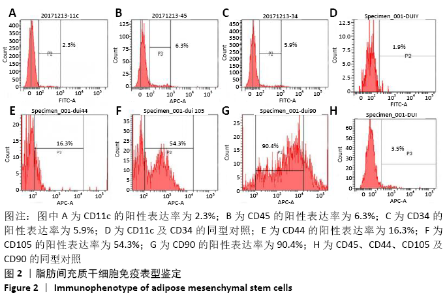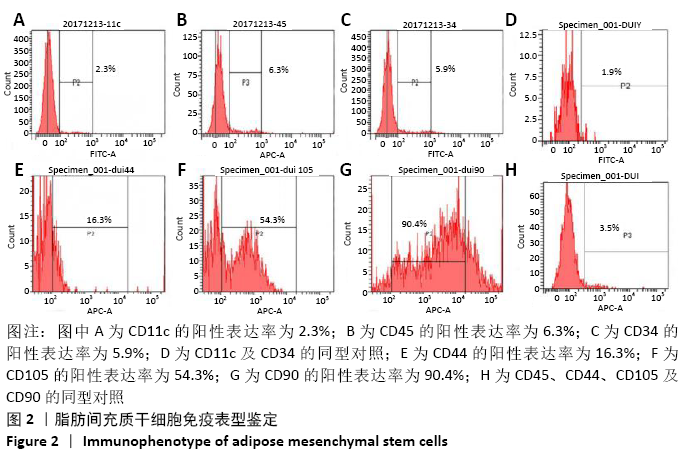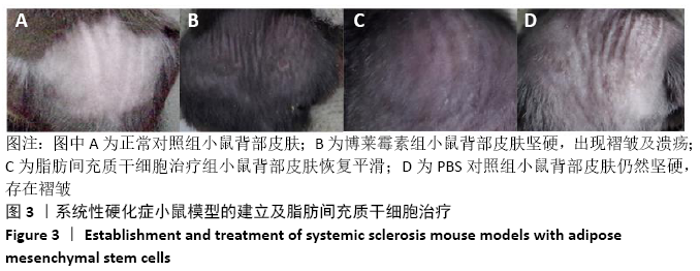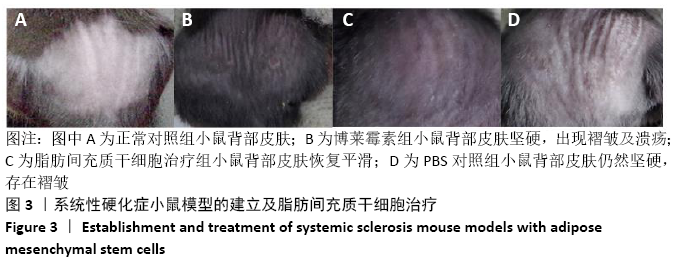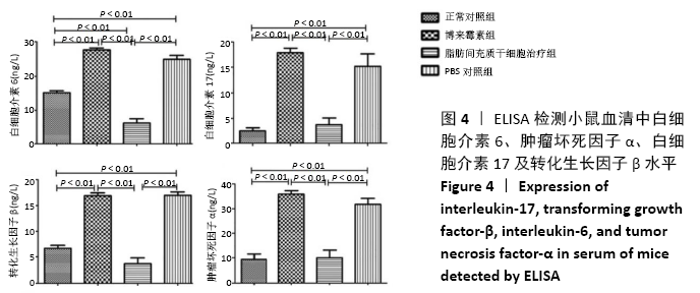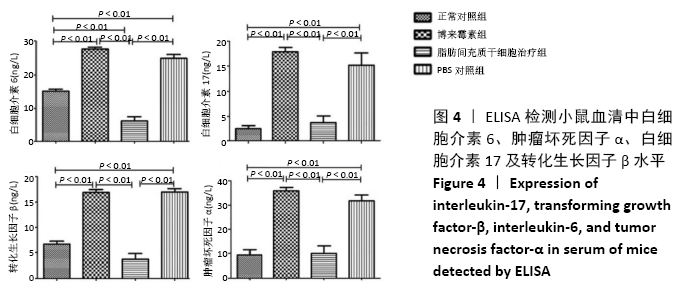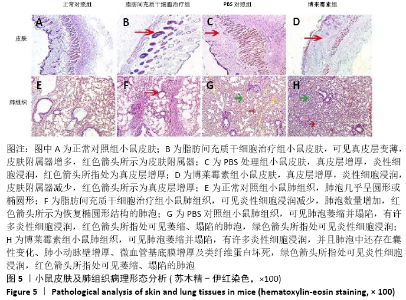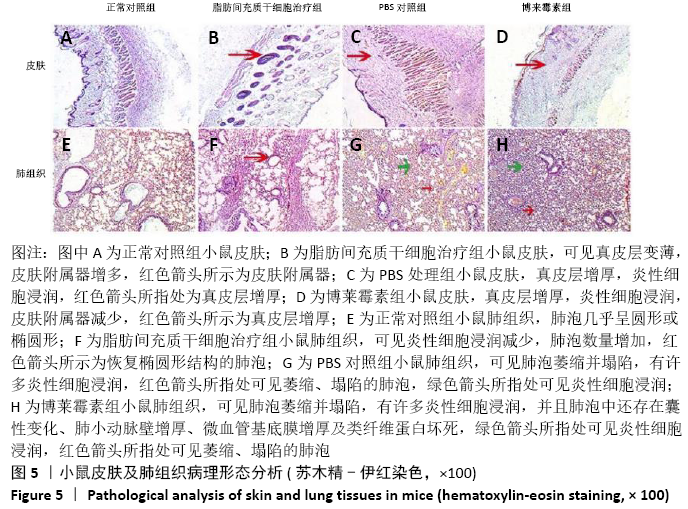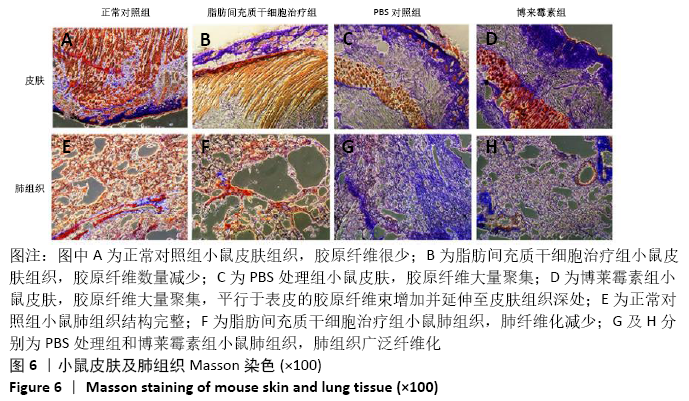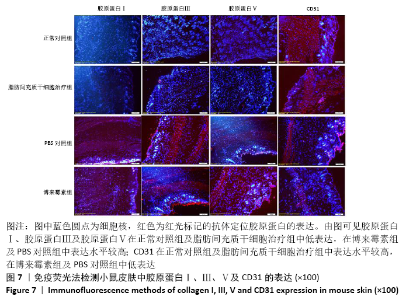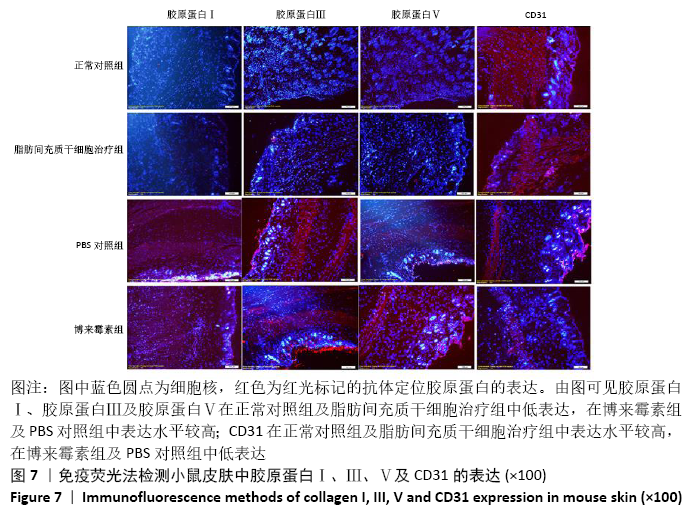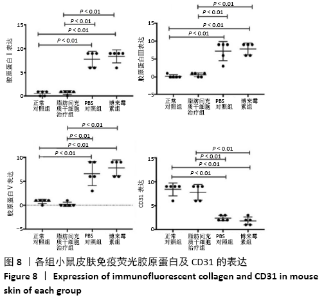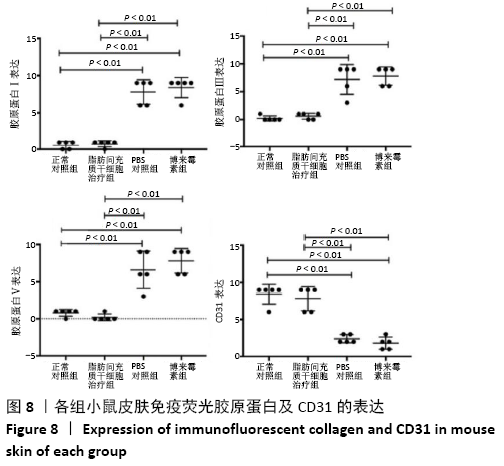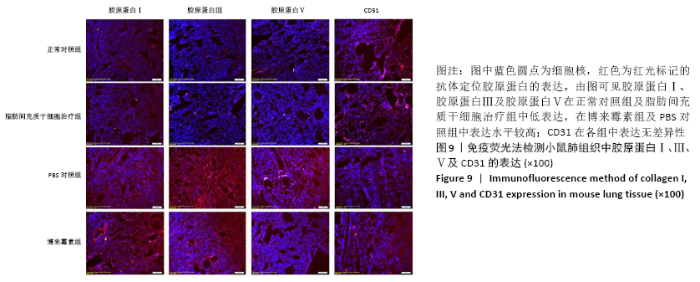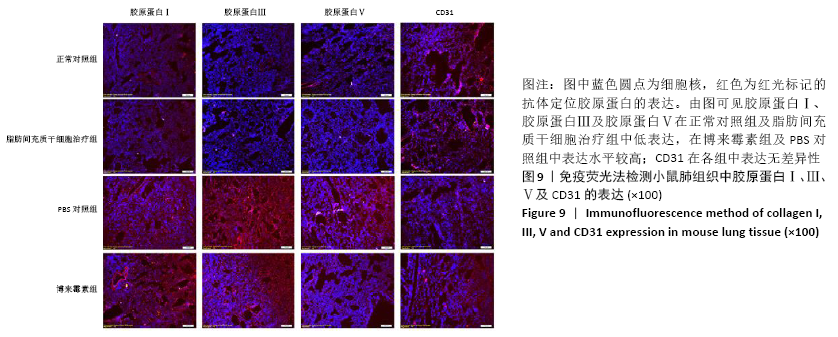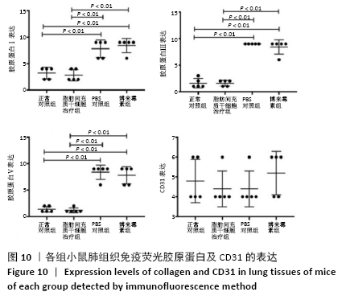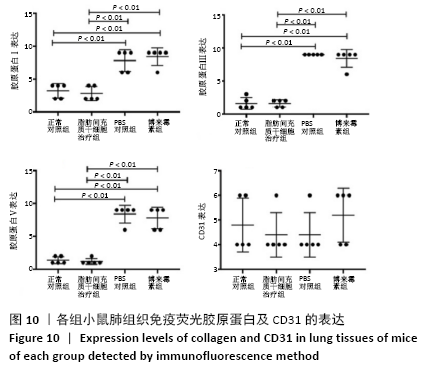[1] GCELU A, DESHPANDE G, SHABOODIEN G, et al. Mutations of FAM111B gene are not associated with Systemic Sclerosis. Sci Rep. 2018;8(1):15988.
[2] ABDULGHANI N, EDVARDSSON K, AMIR LH. Worldwide prevalence of mother-infant skin-to-skin contact after vaginal birth: A systematic review. PLoS One. 2018;13(10):e0205696.
[3] DOLCINO M, PELOSI A, FIORE PF, et al. Gene Profiling in Patients with Systemic Sclerosis Reveals the Presence of Oncogenic Gene Signatures. Front Immunol. 2018;9:449.
[4] DUFOUR AM, ALVAREZ M, RUSSO B, et al. Interleukin-6 and Type-I Collagen Production by Systemic Sclerosis Fibroblasts Are Differentially Regulated by Interleukin-17A in the Presence of Transforming Growth Factor-Beta 1. Front Immunol. 2018;9:1865.
[5] ZHUANG Q, MA R, YIN Y, et al. Mesenchymal Stem Cells in Renal Fibrosis: The Flame of Cytotherapy. Stem Cells Int. 2019;2019:8387350.
[6] VIRZÌ F, BIANCA P, GIAMMONA A, et al. Combined platelet-rich plasma and lipofilling treatment provides great improvement in facial skin-induced lesion regeneration for scleroderma patients. Stem Cell Res Ther. 2017;8(1):236.
[7] ZHAO J, HU L, GONG N, et al. The effects of macrophage-stimulating protein on the migration, proliferation, and collagen synthesis of skin fibroblasts in vitro and in vivo. Tissue Eng Part A. 2015;21(5-6):982-991.
[8] GRIFFIN M, RYAN CM, PATHAN O, et al. Characteristics of human adipose derived stem cells in scleroderma in comparison to sex and age matched normal controls: implications for regenerative medicine. Stem Cell Res Ther. 2017;8(1):23.
[9] XUE M, MARCH L, SAMBROOK PN, et al. Endothelial protein C receptor is overexpressed in rheumatoid arthritic (RA) synovium and mediates the anti-inflammatory effects of activated protein C in RA monocytes. Ann Rheum Dis. 2007;66(12):1574-1580.
[10] CASTIGLIONE F, HEDLUND P, WEYNE E, et al. Intratunical Injection of Human Adipose Tissue-Derived Stem Cells Restores Collagen III/I Ratio in a Rat Model of Chronic Peyronie’s Disease. Sex Med. 2019;7(1):94-103.
[11] VAN CAAM A, VONK M, VAN DEN HOOGEN F, et al. Unraveling SSc Pathophysiology; The Myofibroblast. Front Immunol. 2018;9:2452.
[12] YAMAMOTO T, TAKAGAWA S, KATAYAMA I, et al. Effect of superoxide dismutase on bleomycin-induced dermal sclerosis: implications for the treatment of systemic sclerosis. J Invest Dermatol. 1999;113(5):843-847.
[13] GRANEL B, DAUMAS A, JOUVE E, et al. Safety, tolerability and potential efficacy of injection of autologous adipose-derived stromal vascular fraction in the fingers of patients with systemic sclerosis: an open-label phase I trial. Ann Rheum Dis. 2015;74(12):2175-2182.
[14] CHRISTOPEIT M, SCHENDEL M, FÖLL J, et al. Marked improvement of severe progressive systemic sclerosis after transplantation of mesenchymal stem cells from an allogeneic haploidentical-related donor mediated by ligation of CD137L. Leukemia. 2008;22(5):1062-1064.
[15] MARIA ATJ, TOUPET K, MAUMUS M, et al. Fibrosis Development in HOCl-Induced Systemic Sclerosis: A Multistage Process Hampered by Mesenchymal Stem Cells. Front Immunol. 2018;9:2571.
[16] CHAI CY, SONG J, TAN Z, et al. Adipose tissue-derived stem cells inhibit hypertrophic scar (HS) fibrosis via p38/MAPK pathway. J Cell Biochem. 2019;120(3):4057-4064.
[17] SONG Y, ZHU L, LI M. Antifibrotic effects of crocetin in scleroderma fibroblasts and in bleomycin-induced sclerotic mice. Clinics (Sao Paulo). 2013;68(10):1350-1357.
[18] JUHL P, BAY-JENSEN AC, KARSDAL M, et al. Serum biomarkers of collagen turnover as potential diagnostic tools in diffuse systemic sclerosis: A cross-sectional study. PLoS One. 2018;13(12):e0207324.
[19] MOODLEY Y, ATIENZA D, MANUELPILLAI U, et al. Human umbilical cord mesenchymal stem cells reduce fibrosis of bleomycin-induced lung injury. Am J Pathol. 2009;175(1):303-313.
[20] KYLHAMMAR D, HESSELSTRAND R, NIELSEN S, et al. Angiogenic and inflammatory biomarkers for screening and follow-up in patients with pulmonary arterial hypertension. Scand J Rheumatol. 2018;47(4):319-324.
[21] MIYAGAWA T, ICHIMURA Y, NAKAMURA K, et al. Progranulin overproduction due to constitutively activated c-Abl/PKC-δ/Fli1 pathway contributes to the resistance of dermal fibroblasts to the anti-fibrotic effect of tumor necrosis factor-α in localized scleroderma. J Dermatol Sci. 2018;92(2):207-214.
[22] DEL PAPA N, PIGNATARO F. The Role of Endothelial Progenitors in the Repair of Vascular Damage in Systemic Sclerosis. Front Immunol. 2018;9:1383.
[23] GARCÍA-MARTÍN A, GARRIDO-RODRÍGUEZ M, NAVARRETE C, et al. Cannabinoid derivatives acting as dual PPARγ/CB2 agonists as therapeutic agents for systemic sclerosis. Biochem Pharmacol. 2019;163:321-334.
|


